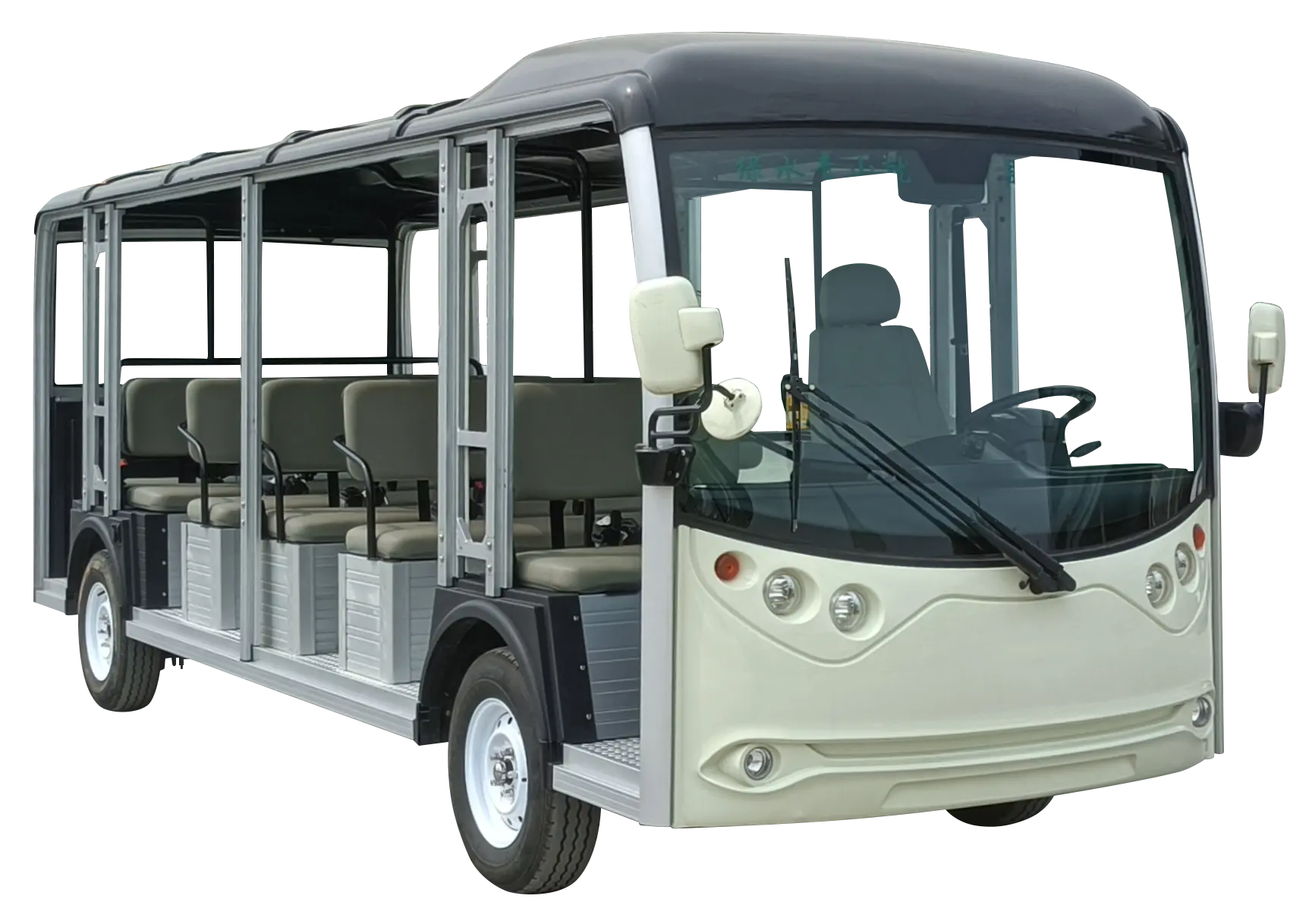When considering transportation for tourists, it’s essential to understand the distinction between sightseeing vehicles and regular cars. Sightseeing vehicles are specially designed for tourist transportation, often offering open-air designs or enhanced visibility. In contrast, a regular car serves more general purposes, such as commuting or running errands.
Ideal for City Tours and Attractions
Sightseeing vehicles are particularly well-suited for city tours. They enable tourists to experience multiple attractions efficiently and comfortably. With designs that prioritize visibility and ease of access, these vehicles allow visitors to enjoy the sights without the fatigue of long walks. Tour operators using sightseeing vehicles can offer guided tours that allow tourists to hop on and off easily, immersing themselves in the city’s vibrant atmosphere without logistical concerns. This convenience not only elevates the tourist experience but also positions businesses as premier providers in the competitive landscape of urban tourism.
Great for Large Resorts and Parks
In expansive resorts and parks, the need for efficient transportation becomes even more critical. Sightseeing vehicles provide a practical solution for helping guests navigate large areas smoothly. Whether it’s traveling from the pool to a restaurant or moving between attractions in a theme park, these vehicles significantly enhance the visitor experience. By improving guest satisfaction, they encourage longer stays and increased spending within the resort or park. Regular cars, while functional, cannot match the specialized features of sightseeing vehicles designed for such environments.
Efficient for Airports and Transit Hubs
Airports and transit hubs are bustling environments where efficient transportation is crucial. Sightseeing vehicles excel in these contexts by transporting passengers between terminals, parking lots, and gates. They help reduce congestion, streamline traffic flow, and enhance the overall efficiency of the travel experience. For businesses operating in these locations, adopting sightseeing vehicles can lead to improved customer satisfaction and operational efficiency. In an era where passengers value convenience and speed, introducing these vehicles can set services apart from competitors, making them a wise investment for enhancing transportation offerings.
Conclusion
In conclusion, understanding the differences between sightseeing vehicles and regular cars is vital for businesses in the tourism and hospitality industries. Sightseeing vehicles offer unique advantages tailored specifically to the needs of tourists, from city tours to large resorts and airports. By investing in these specialized vehicles, businesses can improve operational efficiency, enhance customer experience, and ultimately drive growth. With the right sightseeing vehicles, the quality of tourist transportation can be elevated, ensuring that businesses remain competitive and appealing in their markets.
Post time: Aug-07-2025




